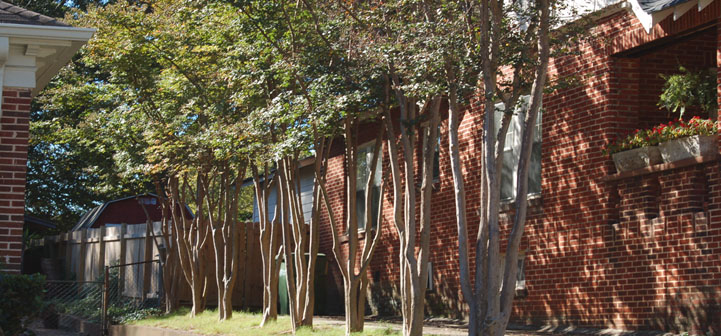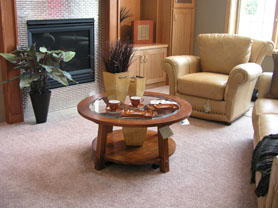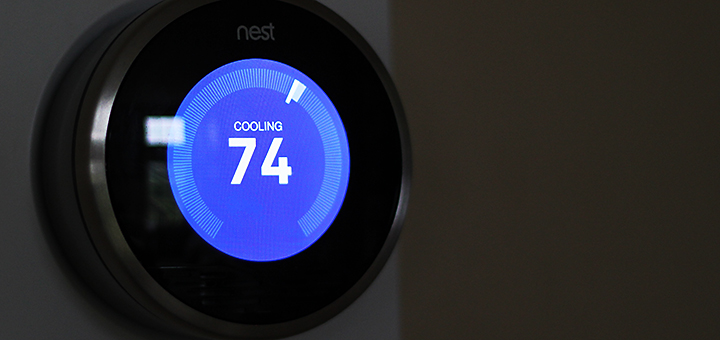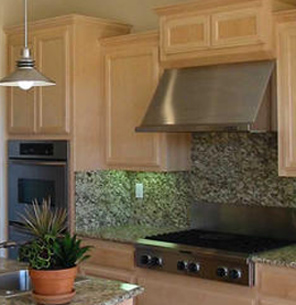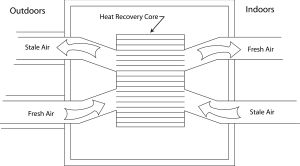Reviewed and Revised on 10/15/2013
Home Heating Safety Tips
Fires and accidents caused by home heating equipment are largely preventable if you clean, maintain, and use equipment properly. By reviewing general safety tips, including those related to heating emergencies and those specific to electric and kerosene space heaters, wood stoves, and fireplaces, you can avoid heating accidents.
Heating devices can be extremely dangerous if you use them incorrectly. Improper use of home heating equipment can cause death from fire, …
